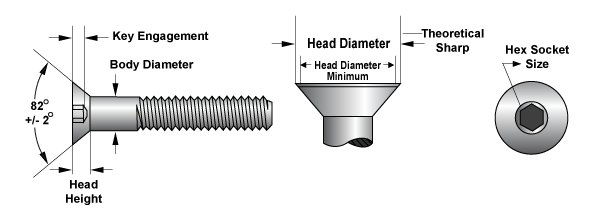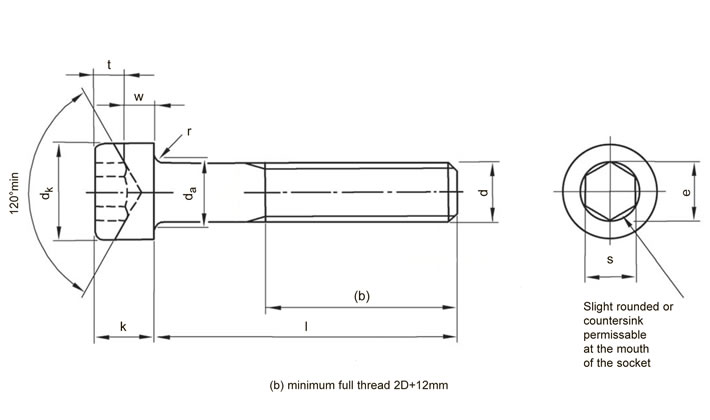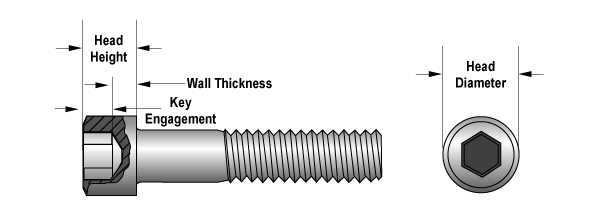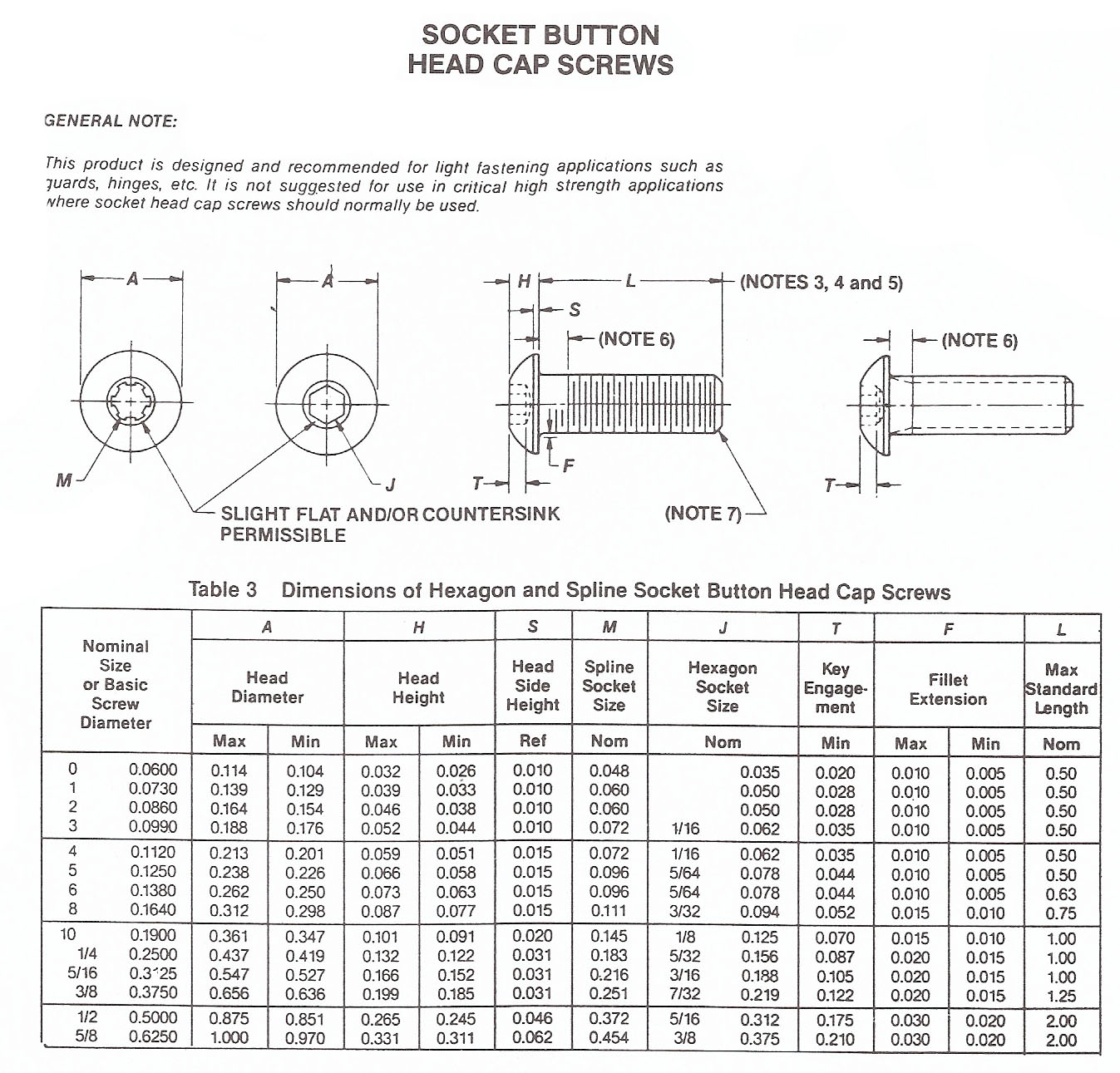What are Socket Head Cap Screws?
Socket head cap screws have a hexagonal cavity in the middle of the screw head, where a hex wrench fits in. The hexagonal dent paired with a hex wrench enhances the grip between the rivet and the tool.

This kind of interlacing prevents head damage, which is usually seen in the case of the standard Phillips or slotted head screws.
Like other screws, this particular fastener also comes in a variety of material and head types, thereby suiting wide variety of industrial as well as domestic applications.

Pairing the socket head cap screw with the necessary installation procedure ensures that the liquidated connection is fundamentally sound.
Such kinds of low-profile fasteners enable the piercing capability of the hexagonal wrench with a compressed height. This reduced height of head enables this partiular rivet to be easily inserted in places with less room. However, it still needs a high-torque connection for a perfect installation. An added benefit of such socket screws is their reduced height of a hex wrench as compared to a normal screwdriver, socket or ratchet wrench.

While the short arm of the wrench allows the fastener to penetrate into tight areas, thereby releasing tight screws, the long arm of the wrench fits into slim spots, which is not easily accessed by a socket, which is fastened to a ratchet handle.
In case of high-profile socket capped rivets, their heads render considerable amount of mass on top of the attachment, thereby enhancing the quantity of force that a screwed attachment can withstand before cropping. This type of fastener fits well on stumpy materials, especially which are subject to high stress. Enabled either with a lock nut or lock washer, the taller wrench lessens the movement in attachment, which are more prone to vibration. This is a common type of fastener, usually used in industrial equipment and also in high-pressure hydraulic systems.
The socket head cap screw is usually made up of stainless steel, which enhances the tensile strength of the pairing, thereby increasing its tolerance to corrosion even in moist environments.

Usually carbon steel weakens due to the mositure, as rust is formed, thereby eating away the material of the latch. But in case of socket screws, rusting is prevented becuse of the presence of the element chromium, which permits the surface of the fastener to form a self-counterfeiting laid-back coating, which is resistant to various types of atmospheric corrosion and rusting as well.
When this fastener receives damage after installation, the passive coating restores te rivet, as soon as oxygen in the atmosphere comes in direct contact with the exposed pat of the screw. No matter whichever material it is made up of; either stainless steel or carbon steel, the attachment will surely benefit from the enhanced durable nature of the hexagonal slot and huge variety of head types.

Specification of Brass Socket Head Cap Screws
These screws are enabled with a cylindrical head, which is rigid from outside. This kind of head design enables the socket cap screws to be easily driven and removed by a suitable hex key or hand. Such kind of rivets are specified by ASME B18.3-1998 standard.

Diameter
The brass socket head cap screws with diameter less than 1/4th inch, are usually specified by any number, ranging from 0 to 10. The diameter is usually mentioned between 1/4 inch and 1 1/2 inch.

Length
The distance between the inner part of the head and the end of the threaded portion is usually considered as the length of the fastener. While a size 0 screw can have length falling between 1-inch and 1 1/2-inch, a size 10 screw can have length falling between 1 1/2 inches and 3 1/2 inches.

Coarse/Fine Thread
The socket cap screws can either feature coarse or fine threads. While the coarse threads are enabled with fewer threads per inch, the fine threaded screw feature comparatively more number of threads per inch. For instance, while a screw with fine threaded size 6 features 40 threads per inch, the coarse threaded screw of same size will have 32 threads per inch.

Hex Socket Size

It is the size of the socket drive, which in the head of the screw. For instance, a size 0 screw will need a 1/2-inch hex key, where as a size 1 1/2 screw will require a 1-inch hex key.
Leave a Reply